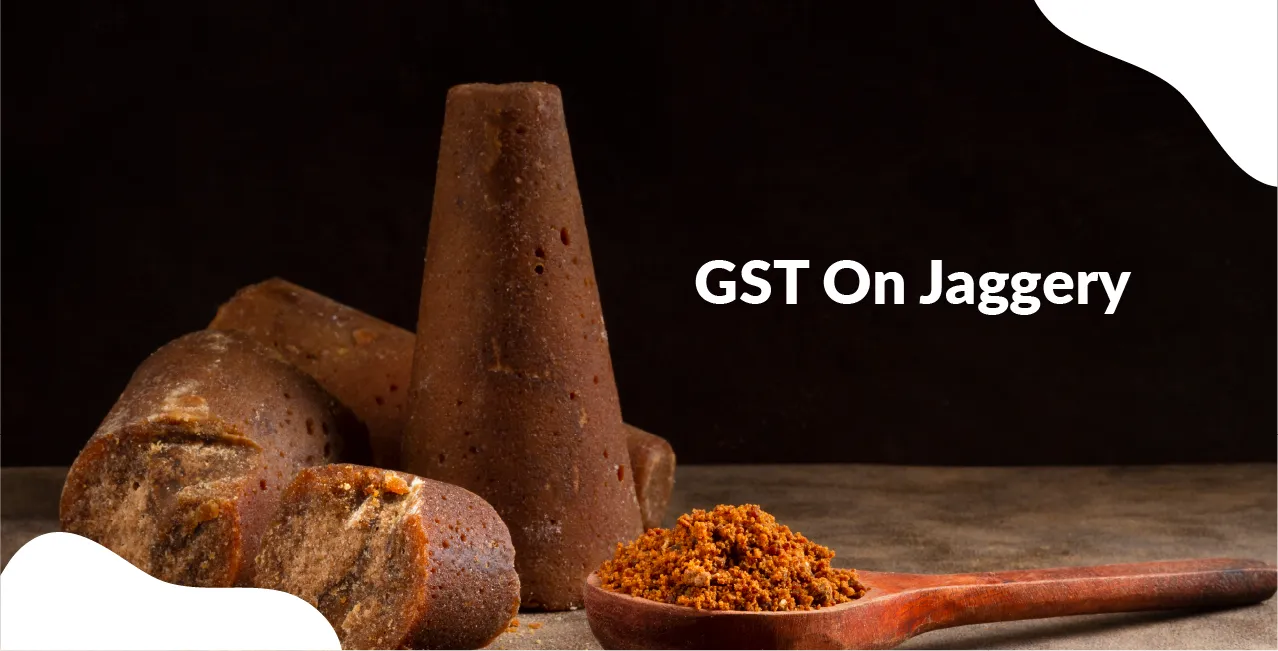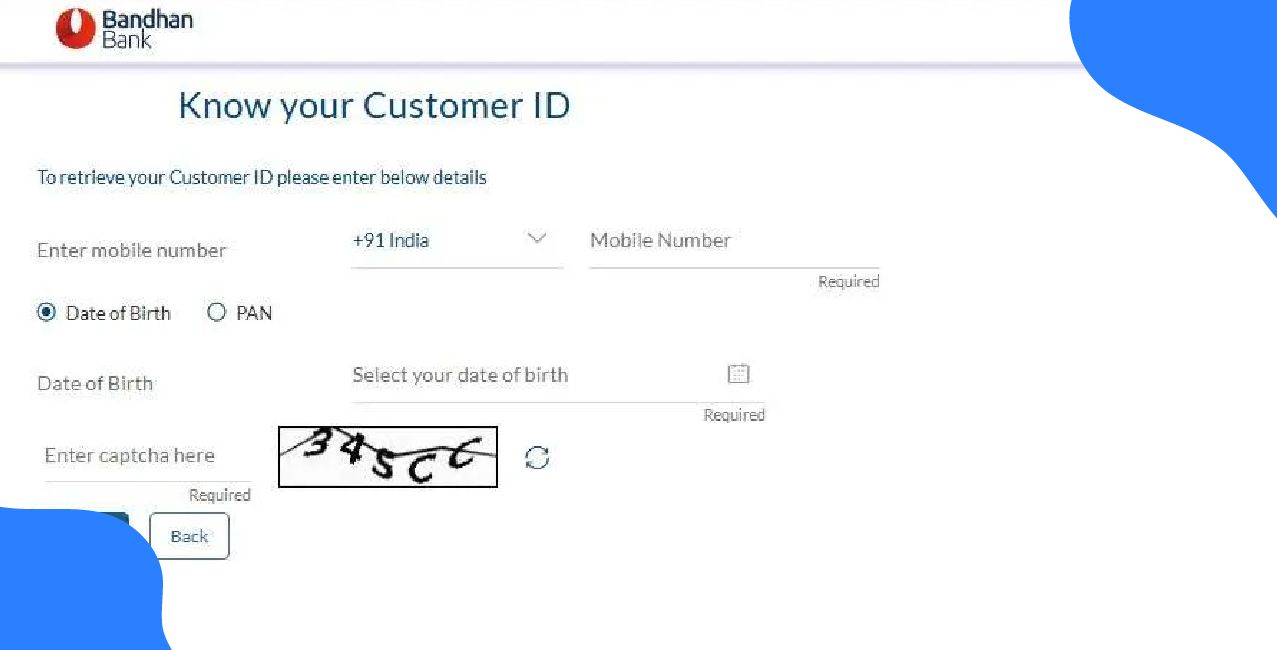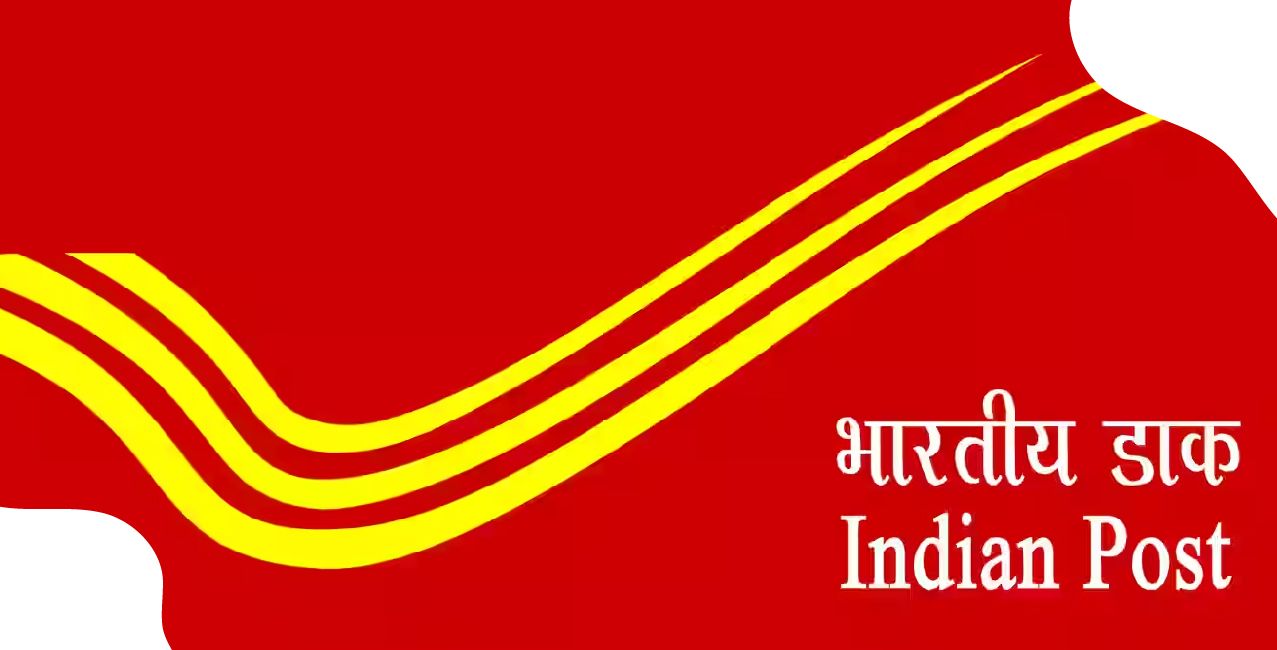
Author
LoansJagat Team
Read Time
6 Min
01 Jul 2025
GST On Jaggery – Rates, Classification & Tax Impact
GST, India’s unified indirect tax system, simplifies tax collection and promotes transparency. Jaggery is taxed under a dual-rate structure; loose jaggery sold by farmers or in traditional markets is tax-free (0% GST), while pre-packaged and labelled jaggery is taxed at 5% due to added processing and branding.
Let’s say a farmer selling 10kg loose cane jaggery at ₹50 per kg pays no GST, whilst a branded 1kg packet priced at ₹80 includes ₹3.81 as GST (5% inclusive).
Jaggery Categories with GST Rates and Pricing
Here's a comprehensive table displaying various jaggery categories along with their corresponding GST tax rates and market pricing structures:
The table categorises jaggery products into four main segments - pre-packaged & labelled jaggery, bulk/loose jaggery, rab (loose), and other processed sugars. It details the CGST, SGST/UTGST, and IGST rates.
The pricing information shows typical market rates per kilogram, helping businesses and consumers understand the cost implications of different jaggery types and their tax structures.
Jaggery Categories with HSN Codes
This table lists jaggery products with their HSN codes under Indian tax norms, enabling standardised classification for traditional, organic, and flavoured jaggery, simplifying identification, taxation, and customs processes.
Impact of GST on Jaggery Industry
The implementation of GST has significantly transformed India's jaggery industry, creating distinct market segments based on packaging and processing levels. This analysis examines the key effects across different stakeholders.
Tax Structure Overview
GST has established a clear hierarchy favouring traditional jaggery:
Impact on Traditional Producers
Benefits: Small-scale rural producers have gained significant advantages from the zero-rated bulk jaggery status, enabling them to compete effectively against organised players.
Example: A Maharashtra-based traditional producer selling bulk cane jaggery at ₹50/kg faces no GST, making it highly competitive against branded alternatives at ₹80-100/kg (including 5% GST).
Impact on Packaged Manufacturers
Challenges: Companies investing in branding face 5% GST burden, creating cost pressures requiring strategic repositioning.
Adaptation: Many manufacturers now operate dual strategies - bulk sales for price-sensitive customers and premium packaged products for urban markets.
Example: Patanjali's jaggery products (₹60-80/kg) must absorb 5% GST whilst competing with local bulk suppliers, countering this through organic certification and quality emphasis.
Consumer Behaviour Changes
The GST differential has reinforced purchasing patterns:
- Rural consumers: 80% prefer bulk jaggery (₹35-50/kg, 0% GST)
- Urban consumers: 60% prefer packaged jaggery (₹60-100/kg, 5% GST)
Regional Examples
Tamil Nadu: Strong palm jaggery tradition reinforced by 0% GST, with local producers seeing increased interstate demand.
Gujarat: Large-scale producers focus on bulk exports whilst maintaining premium packaged products for urban markets.
Input Tax Credit on Jaggery
Input Tax Credit (ITC) provisions under GST significantly impact jaggery manufacturers and traders, creating distinct advantages and limitations based on product categories and business operations.
ITC Challenges for Bulk Jaggery Producers
Primary Issue: Bulk jaggery being nil-rated (0% GST) creates significant ITC restrictions under Section 17(2) of the CGST Act.
Key Limitations:
- Cannot claim ITC on inputs used exclusively for nil-rated supplies
- Must maintain separate records for taxable and nil-rated supplies
- Common inputs require apportionment between taxable and exempt supplies
Example: A jaggery manufacturer producing both bulk (0% GST) and packaged jaggery (5% GST) with monthly input costs of ₹10,00,000:
- Sugar cane purchases: ₹8,00,000 (0% GST) - No ITC available
- Packaging materials: ₹1,00,000 (12% GST) - Full ITC of ₹12,000 available for packaged products only
- Common inputs (fuel, electricity): ₹1,00,000 - ITC apportionment required
ITC Benefits for Packaged Jaggery
Available Credits:
- Packaging materials (12-18% GST)
- Transportation services (5-12% GST)
- Marketing and advertising services (18% GST)
- Plant and machinery (varies by type)
- Professional services (18% GST)
Practical Example: A branded jaggery manufacturer with ₹50,00,000 annual turnover:
- Input GST paid: ₹5,00,000
- Output GST liability: ₹2,50,000 (5% on taxable supplies)
- Net GST payable: Nil (excess ITC of ₹2,50,000 to be carried forward)
Apportionment Rules
Common Input Apportionment: Manufacturers dealing in both nil-rated and taxable supplies must apportion ITC using the formula:
ITC on Common Inputs = (Turnover of Taxable Supplies ÷ Total Turnover) × Total ITC
Example Calculation:
- Total turnover: ₹1 crore
- Taxable supplies (packaged jaggery): ₹30,00,000
- Nil-rated supplies (bulk jaggery): ₹70,00,000
- Common input ITC: ₹2,00,000
- Eligible ITC: (₹30,00,000 ÷ ₹1 crore) × ₹2,00,000 = ₹60,000
Compliance Requirements
Documentation Needs:
- Separate accounting for different supply categories
- Input-output mapping for ITC claims
- Monthly apportionment calculations
- Detailed records of common and exclusive inputs
Practical Challenges:
- Complex record-keeping for mixed supplies
- Regular reconciliation requirements
- Potential disputes over apportionment methodology
Conclusion
The implementation of GST has successfully transformed India's jaggery industry by creating a balanced tax framework that protects traditional rural producers. The nil-rating of bulk jaggery (0% GST) has preserved small-scale operations and rural livelihoods, while the moderate 5% tax on packaged products has driven quality improvements and branding initiatives.
This tiered structure has effectively segmented the market between cost-conscious bulk consumers. The policy has strengthened export competitiveness, supported rural economies, and encouraged industry upgrading, positioning Indian jaggery as a viable alternative to refined sugar in domestic and international markets.
FAQ’s
1. What is the GST rate on loose jaggery?
Loose or bulk jaggery attracts 0% GST, making it completely tax-free. This includes cane jaggery, palm jaggery, and other traditional varieties sold without packaging.
2. Do I need to pay GST on packaged jaggery?
Yes, pre-packaged and labelled jaggery attracts 5% GST. This applies to branded jaggery products sold in retail packaging with proper labelling.
3. Can jaggery manufacturers claim input tax credit?
Bulk jaggery producers cannot claim full input tax credit as their output is nil-rated. Packaged jaggery manufacturers can claim input tax credit.
4. What HSN code is used for jaggery?
All types of jaggery use HSN code 17029090, covering cane jaggery, palm jaggery, and other varieties, regardless of packaging or processing method.
5. Is there GST on jaggery exports?
Jaggery exports are zero-rated under GST, meaning no tax is levied on exports, whilst manufacturers can claim input tax credit on inputs.
Other Important GST Pages | ||||
About the Author

LoansJagat Team
‘Simplify Finance for Everyone.’ This is the common goal of our team, as we try to explain any topic with relatable examples. From personal to business finance, managing EMIs to becoming debt-free, we do extensive research on each and every parameter, so you don’t have to. Scroll up and have a look at what 15+ years of experience in the BFSI sector looks like.

Quick Apply Loan
Subscribe Now


